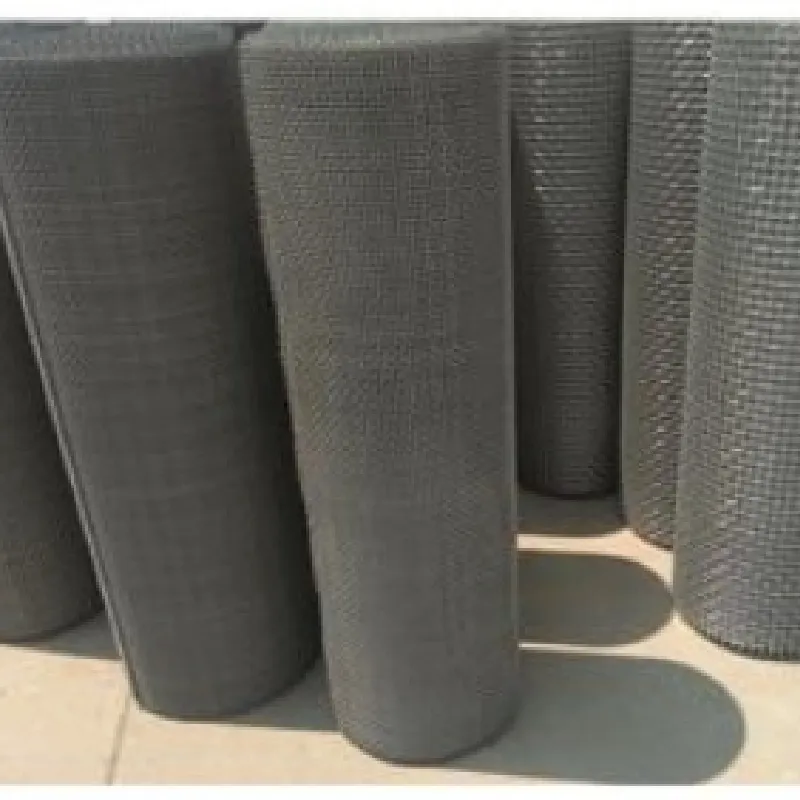Oct . 03, 2024 08:35 Back to list
Designing Durable Walkways with Perforated Steel for Enhanced Safety and Aesthetic Appeal
The Evolution and Advantages of Perforated Steel Walkways
In modern architectural design and urban planning, the importance of functional, durable, and aesthetically pleasing structures cannot be overstated. One such innovation that has gained traction in various sectors is the use of perforated steel walkways. These structures are not only robust and long-lasting but also provide numerous advantages for both developers and users. In this article, we will explore the evolution, benefits, and applications of perforated steel walkways.
The Evolution of Perforated Steel Walkways
The use of steel in construction dates back to the 19th century when it was first employed in the frames of skyscrapers. However, the concept of perforation in metal emerged later as architects and engineers sought to enhance structural efficiency while minimizing material usage. The introduction of perforation allowed for reducing weight without compromising strength, enabling the development of innovative designs.
Perforated steel walkways have evolved significantly over the years. Originally used in industrial settings for maintenance access and safety, they have now transitioned into a range of residential and commercial applications. Innovations in manufacturing processes, including laser cutting and advanced welding techniques, have facilitated the creation of intricate designs, allowing perforated steel walkways to blend seamlessly into various architectural styles.
Benefits of Perforated Steel Walkways
1. Durability One of the primary advantages of using steel in walkways is its durability. Perforated steel is resistant to environmental factors such as corrosion, extreme temperatures, and heavy loads. This resilience makes it an ideal choice for areas with significant foot traffic, ensuring safety and longevity.
2. Lightweight Design The perforation process allows for a lightweight design that maintains structural integrity. This feature contributes to reduced transport costs and easier installation, making logistical aspects more efficient.
3. Aesthetic Appeal Perforated steel walkways offer a modern, sleek look that can enhance the overall aesthetic of a building or outdoor space. The patterns created through perforation can be tailored to fit specific design themes, providing an opportunity for artistic expression in functional infrastructure.
perforated steel walkway

4. Ventilation and Drainage One of the standout features of perforated steel walkways is their inherent ability to allow for ventilation and drainage. This characteristic prevents the accumulation of water, reducing the risk of slip hazards and improving safety for users. Furthermore, it enhances the environment beneath the walkway by allowing light and air to penetrate, promoting vegetation growth in landscaping.
5. Sustainability With rising concerns about environmental impact, the sustainability of materials used in construction has become increasingly important. Steel is 100% recyclable, making perforated steel walkways an eco-friendly option. Additionally, the manufacturing of perforated steel can minimize material waste, aligning with the principles of sustainable design.
Applications of Perforated Steel Walkways
Perforated steel walkways find use in a variety of sectors, reflecting their versatility and practical benefits. In industrial settings, these walkways are often employed in factories, warehouses, and processing plants to provide safe access to machinery and equipment. The high level of durability ensures they can withstand harsh working conditions.
In commercial environments, perforated steel walkways can be seen in shopping malls, exhibition centers, and outdoor plazas, where they facilitate pedestrian movement while enhancing the visual appeal of the space. In urban areas, they are used in parks and public spaces, allowing for safe passage while integrating aesthetically into the natural surroundings.
Moreover, architects are increasingly incorporating perforated steel walkways in residential landscapes. These pathways can lead to patios, gardens, or around pools, providing a modern touch to outdoor living areas.
Conclusion
The evolution of perforated steel walkways from industrial applications to modern architectural design exemplifies the adaptability and functionality of this material. With their numerous benefits, including durability, lightweight design, aesthetic appeal, and sustainability, perforated steel walkways have become a favored choice for developers and architects alike. As urban landscapes continue to evolve, the role of perforated steel in creating safe, effective, and beautiful walkways will only increase, paving the way for a more innovative future in urban design and planning.
-
Reinforcing Mesh: Core Material of the Construction Industry
NewsJul.07,2025
-
Welded Wire Fabric Reinvented for Modern Projects
NewsJul.04,2025
-
Superiority of Stainless Steel Woven Mesh
NewsJul.04,2025
-
Key Types of Razor Wire and Their Applications
NewsJul.04,2025
-
Durable Metal Fence Types for Security
NewsJul.04,2025
-
Best Materials for Livestock Fence
NewsJul.04,2025
products.







